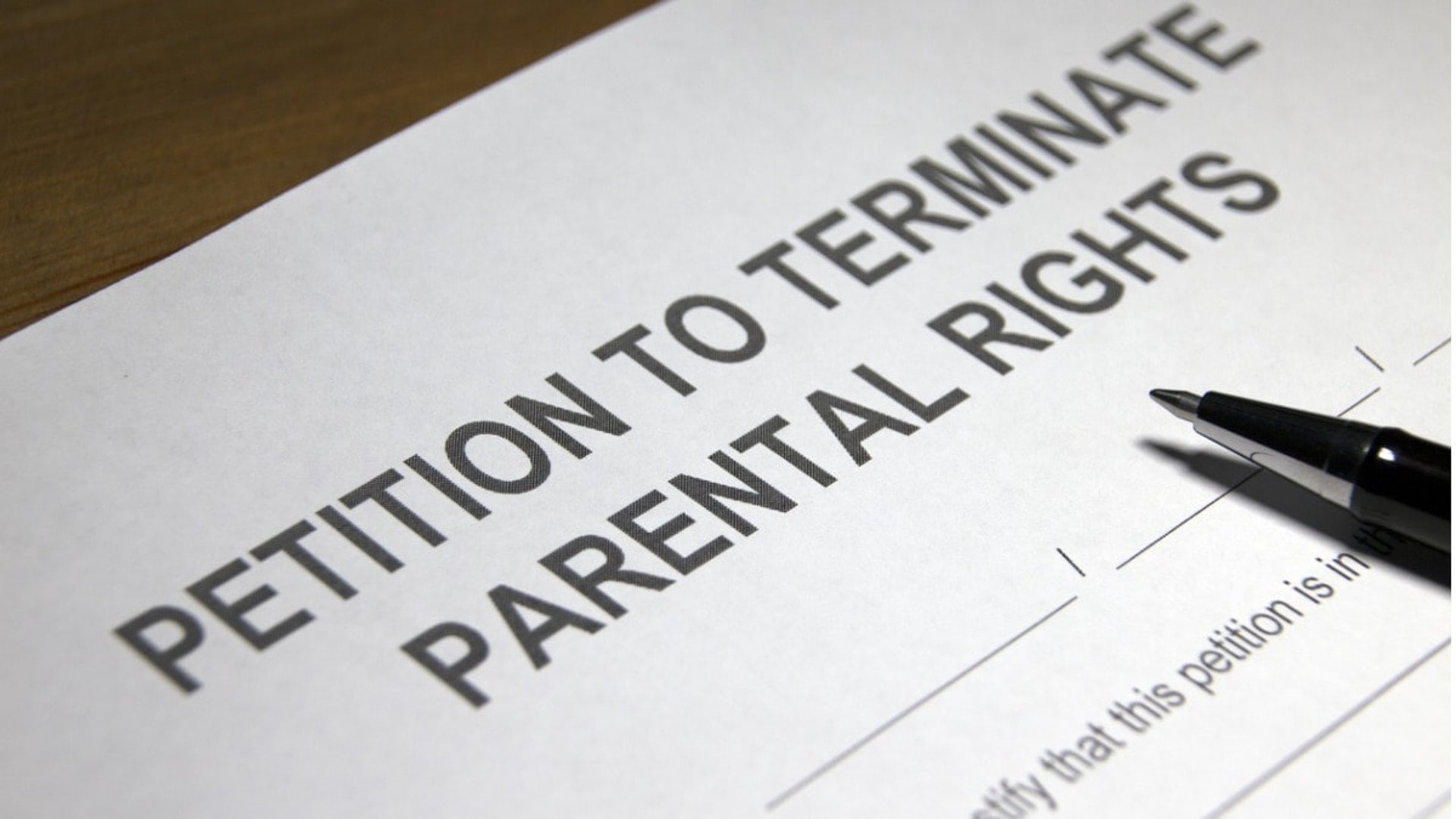
Termination of Parental Rights
Can they be restored?
Walter Graham Belle
10/24/20246 min read


Once your parental rights are removed is there a way to reestablish your rights?
In general, once parental rights have been terminated, it is extremely challenging to have them reinstated. However, some states, including Florida, allow for limited circumstances in which parental rights might be restored, but it depends heavily on the specific situation. Here’s what you need to know:
1. Understanding Termination of Parental Rights
Termination of parental rights (TPR) is a legal action that ends the legal relationship between a parent and their child. This can be either voluntary (where the parent agrees) or involuntary (where the court orders it).
In most cases, TPR is considered final and permanent, especially when it is based on findings of abuse, neglect, or other serious concerns.
2. Exceptions to Finality
In a few situations, it might be possible to reinstate parental rights, but this depends on the laws of the state. In Florida, TPR is typically considered final, but some states allow for reinstatement under limited conditions.
Common circumstances where reinstatement might be possible include:
Improved Circumstances: If a parent can demonstrate significant, positive changes in circumstances (such as recovery from addiction or completion of a rehabilitation program), they might be able to petition for a second chance.
Best Interest of the Child: If the child has not been adopted after termination and it can be shown that reinstating parental rights would be in the child's best interest.
Child's Wishes: In some cases, if the child is older, their preference may be considered, especially if they express a desire to be reunified with the biological parent.
3. Steps to Attempt Reinstatement
If you are in a state that permits the reinstatement of parental rights, here are some general steps that might be followed:
Check State Law: Start by researching or consulting a family law attorney to understand if Florida or your specific jurisdiction allows for parental rights to be restored.
File a Petition: If allowed, you would typically need to file a Petition for Reinstatement of Parental Rights with the court.
Show Proof of Changed Circumstances: Provide clear and convincing evidence that the conditions leading to the termination no longer exist. This might include:
Evidence of completion of counseling or rehabilitation.
Stable housing and employment.
Clean criminal or substance abuse record.
Evidence of a stable, supportive environment for the child.
Best Interests Hearing: The court will likely hold a hearing to determine if reinstating parental rights is in the best interest of the child. This is a high standard, and the court will prioritize the child's safety, stability, and well-being.
Guardian ad Litem or Child Advocate: The court may appoint a Guardian ad Litem or similar advocate to investigate and make recommendations about the suitability of reinstating parental rights.
4. Factors Affecting the Decision
Whether the child has been adopted: If the child has been legally adopted by another family, it is almost impossible to reinstate parental rights.
Length of time since termination: The longer it has been, the harder it is to convince the court that reinstatement is in the child's best interest.
Relationship with the child: If you have maintained some level of relationship with the child, this may support your case.
Compliance with previous court orders: If you have complied with previous orders related to counseling, visitation, or rehabilitation, this may help demonstrate your commitment.
5. Alternatives to Full Reinstatement
If full reinstatement of parental rights is not possible, consider alternatives that may allow you to have some level of involvement, such as:
Visitation Rights: Some courts may allow limited, supervised, or unsupervised visitation, even if full parental rights cannot be restored.
Guardianship: In rare cases, the court might grant a form of guardianship that allows some responsibilities without full restoration of parental rights.
6. Legal Assistance
Seeking help from a family law attorney is crucial, as they can help you navigate the complexities of trying to reinstate parental rights.
A lawyer can provide advice on the best course of action, help gather evidence, and represent you in court hearings.
Florida-Specific Information
In Florida, reinstating parental rights after termination is very rare and the law does not explicitly provide a process for it. Each case is unique, and the chances for reinstatement depend on numerous factors and the circumstances leading to the termination.
NEST STEPS
To guide you through the next steps for attempting to reinstate parental rights (if that is a possibility in your situation), here's a more tailored approach to how you might proceed:
1. Evaluate the Circumstances of Termination
Determine whether your parental rights were terminated voluntarily or involuntarily, as this will significantly impact your options.
Identify the reasons for termination. For example, if it was due to specific concerns like substance abuse or neglect, you’ll need to show evidence of major improvements in those areas.
2. Research Florida Law
Florida’s laws on reinstating parental rights are not explicit, which means you'll likely need to consult a family law attorney to get an accurate assessment of what’s possible based on your specific circumstances.
Understanding of Florida statutes, local precedents, and any recent changes in law that might affect your case.
3. Assess if Reinstatement is a Viable Option
Check if the child has been legally adopted. If the child has been adopted by another family, reinstatement is typically impossible.
If adoption hasn’t occurred, there might be a slim chance for reinstatement if it's in the child’s best interest.
Consider if there are any existing legal provisions that might allow for reinstatement due to significant positive changes in your circumstances.
4. Steps to Reestablish Parental Rights in Florida
Here are the general steps you might follow if reinstatement is possible:
a) Gather Evidence of Positive Changes
Collect documents, records, and testimony that show you have significantly improved your situation. This could include:
Completion of Rehabilitation Programs (if applicable)
Stable Employment and proof of financial stability.
Evidence of a safe and stable home environment.
Character references from counselors, therapists, employers, or other trusted individuals.
Documentation showing compliance with previous court orders.
b) Contact the Child Welfare Agency
If your rights were terminated through the involvement of the Department of Children and Families (DCF) or a similar agency, contact them to discuss your situation.
They might have a specific process or requirements you need to meet before you can file anything with the court.
c) File a Petition for Reinstatement (if allowed)
If your attorney believes you have a case, you may file a Petition for Reinstatement of Parental Rights with the court that originally handled your case.
Be prepared to explain why reinstating your rights is in the child’s best interest. Courts are particularly concerned about the child’s stability and safety, so this should be the core of your argument.
d) Prepare for a Court Hearing
If your petition is accepted, the court will likely set a hearing to evaluate your request.
You will need to demonstrate that the circumstances leading to the termination no longer exist and that you are now capable of providing a safe and stable environment for the child.
Bring evidence, witnesses, and be prepared to testify about your progress.
5. Focus on the Child’s Best Interest
Keep in mind that the primary concern of the court is always the child’s best interest.
Emphasize any ongoing relationship you have had with the child and how you have positively impacted their life.
Be prepared for a social worker or a Guardian ad Litem to be appointed to assess your current situation.
6. Explore Alternatives if Reinstatement is Not Possible
If full reinstatement is not feasible, you might ask for supervised or unsupervised visitation, which would allow you to have some contact with the child.
Another option could be to petition for guardianship or a similar arrangement that does not involve full parental rights but still provides you with a legal relationship to the child.
7. Consider Parenting Classes or Counseling
Completing parenting classes or attending counseling, even if not required, can demonstrate to the court that you are committed to being a responsible and stable parent.
This can strengthen your case, especially if you can show that you've voluntarily sought additional support.
8. Keep All Documentation and Records
Keep detailed records of everything you’ve done to improve your situation since the termination. This includes attending court-ordered programs, seeking employment, maintaining sobriety, securing stable housing, and staying involved in any court-mandated activities.
Documentation and evidence can be crucial to showing the court that you've made sustained efforts.
9. Attend All Court Hearings and Follow the Process
Attend every court hearing, appointment, or meeting related to your case. Missing a hearing can significantly harm your chances.
Follow any interim recommendations from the court, social workers, or child advocates.
10. Maintain Consistent and Stable Behavior
Demonstrating consistent, stable, and positive behavior over time is crucial.
Avoid any interactions or activities that might be viewed negatively by the court.
Key Considerations
If you proceed without a lawyer, make sure to learn about the local family court rules and procedures.
Even if reinstatement is allowed, the court will prioritize the child's need for stability and safety over a biological connection.
